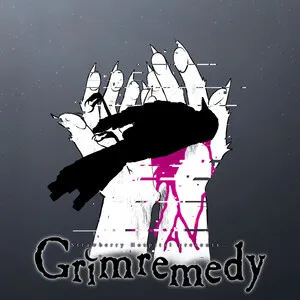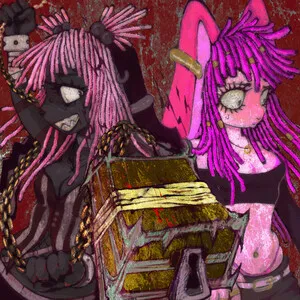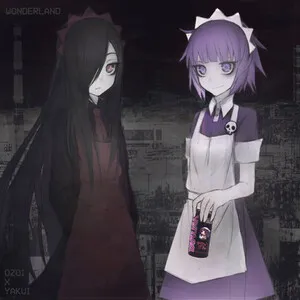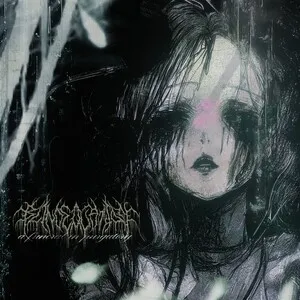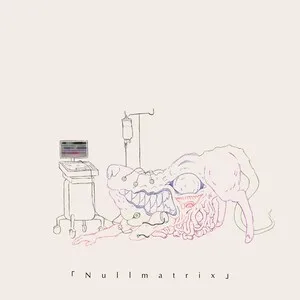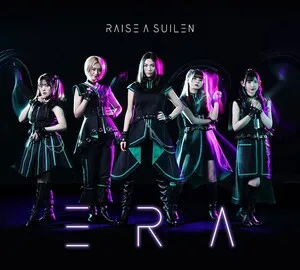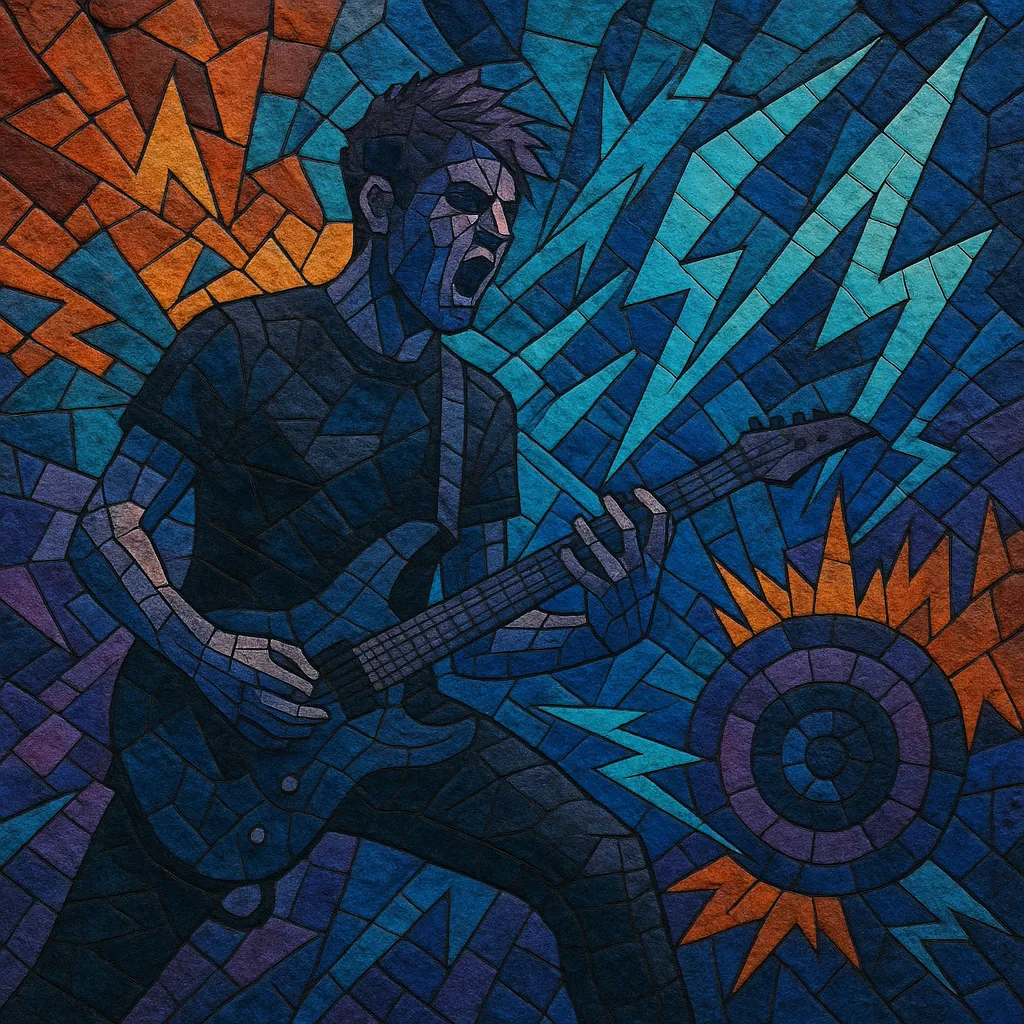
Your digging level
Description
Electronicore is a fusion of post-hardcore/metalcore and electronic dance music. It blends down-tuned, chugging guitars, double-kick breakdowns, and screamed/clean call-and-response vocals with club-ready synths, sidechained pads, risers, and drop-centric song structures.
Typical tracks juxtapose verses rooted in metalcore energy with EDM-style builds and explosive drops that can reference trance, electro house, or dubstep. Production is as central as performance: sequenced arpeggios, supersaws, wobble/growl basses, and glitch edits are arranged alongside live drums or tight sample-reinforced kits.
Lyrically, electronicore keeps the emotive intensity of post-hardcore—introspection, catharsis, and youth-culture themes—while adopting EDM’s hook-forward choruses and festival scale.
History
Electronicore crystallized in the mid-2000s as bands on both sides of the Atlantic began combining post-hardcore/metalcore instrumentation with trance and electro textures. Early pioneers like Enter Shikari (UK) showcased trance leads and synth arpeggios over breakdowns, signaling a shift from occasional keyboards to EDM-structured songs.
The style surged during the MySpace era, when home recording and soft synths made hybrid production accessible. US acts such as Attack Attack!, I See Stars, Sky Eats Airplane, and The Browning, alongside European and Japanese groups (e.g., Eskimo Callboy/Electric Callboy, Crossfaith, Fear, and Loathing in Las Vegas), popularized the formula: screamed verses, big-tent clean choruses, and EDM drops that nodded to trance, electro house, and later dubstep. Viral performance clips and meme culture (e.g., "crab" postures in breakdowns) amplified visibility.
As dubstep and broader EDM trends crested, electronicore diversified. Some bands leaned toward heavier industrial/djent production and cinematic sound design; others pivoted toward radio-leaning pop hooks or fully embraced EDM. The genre’s toolkit—EDM builds/drops, sidechain pumping, synth counter-melodies—permeated adjacent scenes, influencing neon-era pop punk aesthetics and helping normalize electronic production across metalcore and post-hardcore tours and festivals.
Critically, electronicore has been both polarizing and innovative. Purists criticized its club textures, while younger audiences embraced the dance-floor energy and hook-first writing. Over time, the style proved durable, with strong live shows (clicks/tracks plus live band) and a production-forward approach that mapped naturally to streaming-era listening.

